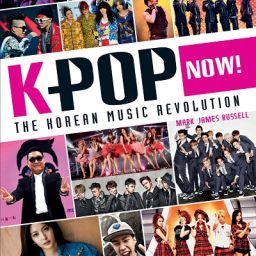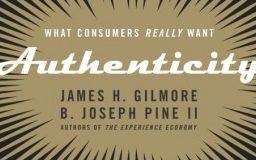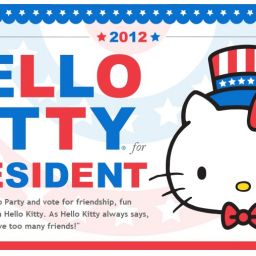
Negativland explains the role law has played for many artists:
“For artists, copyright means that other art is emphatically not allowed to be seen as part of their landscape, not part of their usable environment, not allowed to be part of something that influences their creative minds, unless they are rich enough to “buy” whatever they want to use. … This withdrawal of all copyrighted art from any future recycling goes directly against the universal and historical prerogative of artists (and consumers) to see the entire world around them as grist for their mill.”
This book is highly recommended for artists and those who want to understand collage/appropriative techniques in art, but that isn’t to say there isn’t anything for academics. This book includes some entertaining footnotes, similar to Erik Jensen’s Shortest Law Review in History (Considering it is only one sentence, would quoting the article be acceptable under the proposed Georgia State copyright settlement) and my all-time favorite footnote regarding H.R. from Copyrights and Copywrongs. One essay is basically a series of footnotes, questioning the concepts of copyright, appropriation, and citation:
Citation buries the truth that we all borrow ideas behind the lie that somewhere there is an individual point of origin, of authorship, of ownership. Steal creatively, and profligately, and stand with chutzpah on the intellectual booty of our collective history! …Let this note be the last note, ever. [It isn’t even the last footnote in this non-essay!]
This book also reminded me of the far reaching influence of the alternative press magazine, Stay Free! The book includes two interviews — of Siva Vaidhyanathan and Chuck D — reprinted from Stay Free, but also the Illegal Art exhibit. Carrie McLaren’s work in creating a space for these issues to be discussed and displayed by creatives is sorely missed, but bills need to be paid!
————————
In a somewhat related note: Duke University Press, what is with your copyright statements about books on your website? This is at least the third book with a Creative Commons license within the physical copy of the book, but there is nary a mention on the official page of the book (click on rights). Instead, there are directions to contact the Copyright Clearance Center (!) and your permissions department.
What is the point of Creative Commons licensure if you don’t even mention it? And you (Duke University Press) do not own the copyright for either the compilation as a whole (the editors) or the individual chapters (mostly the chapter authors), so your misdirection doesn’t have a clear intent. Or is this copyright statement page the default for all Duke University Press books? If so, then please add in the possibility that either entire works or sections could have Creative Commons licenses!







